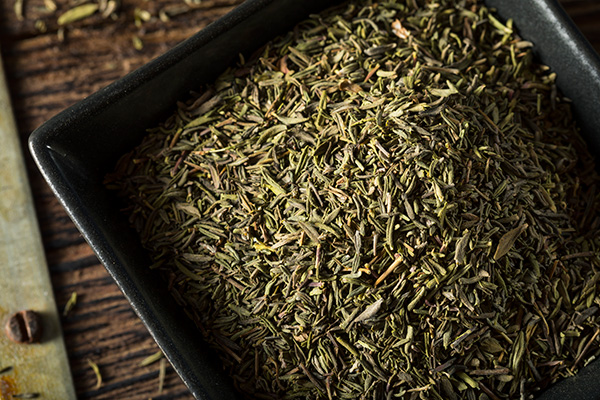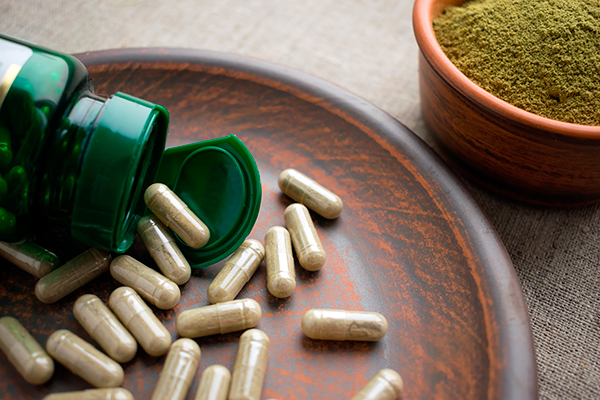Everything You Need to Know About Sencha Green Tea
Discover the world of sencha tea, Japan’s most popular green tea, in this comprehensive guide. Learn about its unique flavor, health benefits, and potential side effects, as well as the different types of sencha tea and how to brew the perfect cup.
Whether you’re a seasoned tea enthusiast or new to green tea, this guide will give you all the information you need to appreciate and enjoy this refreshing beverage.

What is Sencha Tea?
Sencha tea is a popular Japanese green tea made from the leaves of the Camellia sinensis plant. It accounts for approximately 80% of all green tea produced in Japan, making it the most widely consumed tea in the country. Sencha tea is known for its bright green color, delicate aroma, and refreshing taste. Its popularity extends beyond Japan, as tea enthusiasts around the world enjoy its unique flavor and numerous health benefits.
Does Sencha Tea Have Caffeine?
Yes, sencha tea does contain caffeine, like all teas derived from the Camellia sinensis plant. The caffeine content in sencha tea can vary depending on several factors, including the quality of the tea leaves, the processing methods, and the brewing time. On average, an 8-ounce cup of sencha tea contains between 20-35 milligrams of caffeine, which is less than a cup of black tea or coffee but higher than some other green teas.
What Does Sencha Tea Taste Like?
The flavor of sencha tea can range from grassy and vegetal to sweet and slightly bitter, depending on the quality of the tea leaves and how they are processed. The tea leaves are usually steamed, rolled, and dried, which helps to preserve their natural green color and bring out their unique flavor profile. High-quality sencha tea typically has a bright, fresh taste with subtle umami notes and a pleasant, lingering aftertaste. Lower-quality sencha tea may have a more astringent or bitter flavor.
Sencha Tea Benefits
Sencha tea is not only delicious but it is also packed with various health benefits, thanks to its high levels of antioxidants and other nutrients:
Rich in Antioxidants
Green tea, including sencha tea, is known for its high antioxidant content. These antioxidants, such as catechins and flavonoids, help to protect the body against oxidative stress and neutralize harmful free radicals. Regular consumption of sencha tea may help reduce the risk of chronic diseases, such as cancer and heart disease.
Supports Weight Loss
Sencha tea has been shown to help with weight loss and weight management due to its ability to boost metabolism and increase fat oxidation. The catechins in sencha tea, particularly epigallocatechin gallate (EGCG), have been found to help the body burn fat more efficiently.
Enhances Mental Alertness and Focus
The caffeine and L-theanine in sencha tea work together to improve cognitive function and focus. While caffeine is a stimulant that can help with alertness, L-theanine is an amino acid that promotes relaxation without causing drowsiness. This unique combination can help to increase concentration, reduce stress, and improve overall mental performance.
There exist other teas as well that have been known to improve focus and concentration.
Supports a Healthy Immune System
The antioxidants and other nutrients found in sencha tea may help to strengthen the immune system and protect against illness. Regular consumption of sencha tea can help to maintain a healthy immune system and may reduce the risk of common colds and infections.
Sencha Tea Side Effects
While sencha tea is generally safe for most people to consume, there are some potential side effects to be aware of:
Caffeine Sensitivity
As sencha tea does contain caffeine, individuals who are sensitive to caffeine may experience side effects such as insomnia, headaches, or an increased heart rate. It’s best to limit the consumption of sencha tea if you are sensitive to caffeine or opt for a decaffeinated variety.
Iron Absorption
The tannins in sencha tea can interfere with the absorption of non-heme iron, which is found in plant-based foods. If you suffer from iron deficiency, it’s best to consume sencha tea between meals rather than with meals to minimize its impact on iron absorption. You can also pair your tea with foods rich in vitamin C, which can help improve iron absorption.
Pregnancy and Breastfeeding
While moderate consumption of sencha tea is generally considered safe during pregnancy and breastfeeding, it’s important to be mindful of the caffeine content. Pregnant and breastfeeding women should limit their caffeine intake to no more than 200 milligrams per day, as excessive caffeine consumption can have negative effects on both the mother and the baby.
Types of Sencha Green Tea
There are several different types of sencha tea, which can vary in flavor, color, and quality depending on the cultivation and processing methods:
Shincha
Shincha, also known as “new tea,” is made from the first flush of tea leaves harvested in the spring. It has a delicate, fresh flavor and is highly prized for its limited availability.
Asamushi
Asamushi sencha is lightly steamed during the processing, which results in a tea with a subtle, delicate flavor and a light green color.
Fukamushi
Fukamushi sencha is steamed for a longer period, resulting in a darker green color and a more robust flavor with a slightly sweeter taste.
Gyokuro
Gyokuro is a premium type of sencha tea that is shaded for several weeks before harvest. This process increases the tea’s chlorophyll content and results in a vibrant green color and a sweet, umami-rich flavor.
How to Make Sencha Green Tea
To fully enjoy the taste and aroma of sencha tea, it’s essential to prepare it correctly. Follow these steps to brew the perfect cup of sencha tea:
- Measure the tea: Use about 1 teaspoon of sencha tea leaves per 8 ounces of water.
- Heat the water: Sencha tea is best brewed with water that is slightly cooler than boiling, around 160-175°F (70-80°C). Boiling water can scald the tea leaves and result in a bitter taste.
- Preheat the teapot: Pour a small amount of hot water into the teapot and swirl it around to warm the pot. This will help maintain the temperature of the water during steeping.
- Add the tea leaves: Place the measured tea leaves into the preheated teapot.
- Steep the tea: Pour the hot water over the tea leaves and let them steep for 1-2 minutes. Avoid oversteeping, as this can result in a bitter flavor.
- Strain and serve: Pour the tea through a strainer into your teacup and enjoy your perfectly brewed sencha tea.
Final Thoughts
Whether you’re new to green tea or a seasoned tea enthusiast, sencha tea offers a delightful and refreshing taste that can be enjoyed throughout the day. With its numerous health benefits and unique flavor profile, it’s no wonder sencha tea is beloved by so many.





